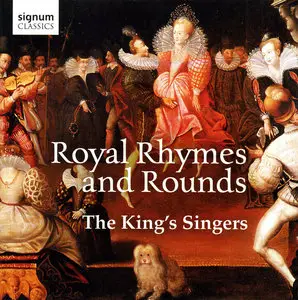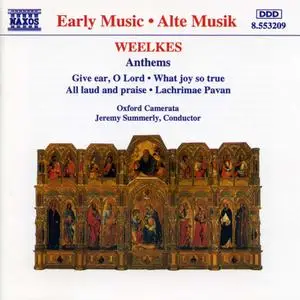King's Singers - Royal Rhymes and Rounds (2012)
EAC | FLAC | Image (Cue&Log) ~ 290 Mb | Mp3 (CBR320) ~ 155 Mb | Scans included
Classical, Vocal Music | Label: Signum Records | # SIGCD307 | Time: 01:05:48
EAC | FLAC | Image (Cue&Log) ~ 290 Mb | Mp3 (CBR320) ~ 155 Mb | Scans included
Classical, Vocal Music | Label: Signum Records | # SIGCD307 | Time: 01:05:48
Royal Rhymes and Rounds is the King's Singers' contribution to the 60th anniversary of Queen Elizabeth II's accession to the throne in 2012. There are ballads, part songs, madrigals, rounds, and anthems written during the reigns of (and some also in honor of) Henry VIII, Elizabeth I, Victoria, and Elizabeth II. The music from the times of Henry and Elizabeth I is especially strong since it was the era of a flowering of English song, which then lay relatively dormant for several centuries. The composers include such luminaries as William Cornysh, Orlando Gibbons, John Dowland, and Thomas Weelkes, as well as Henry himself, whose rousing ballad Pastime with good companie opens the album. It's in this transparent repertoire that the group sounds its absolute best. The singers' immaculate intonation, focused tone quality, and sensitive musicianship are remarkable.



